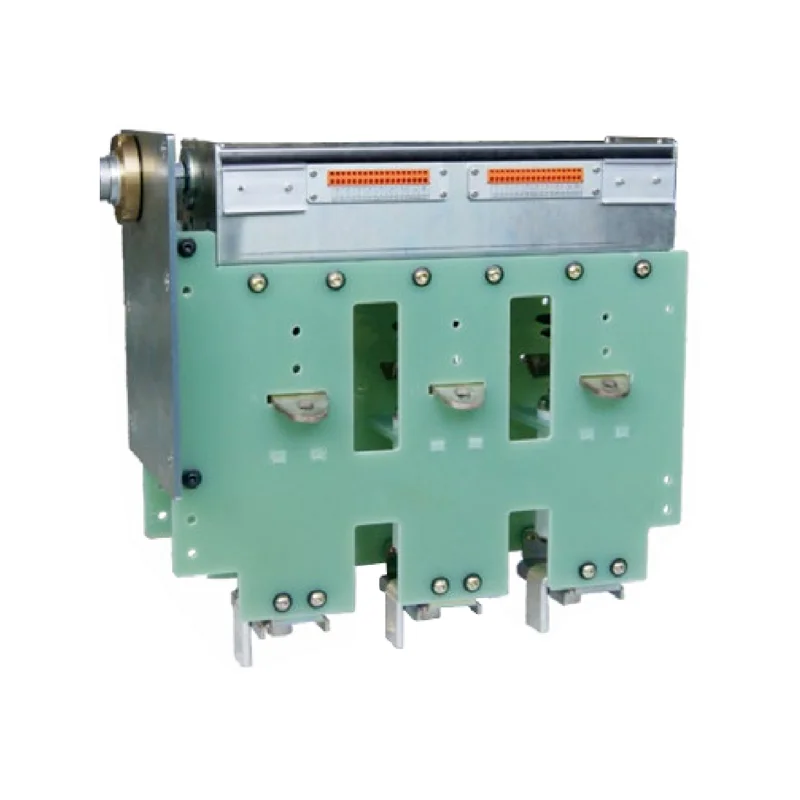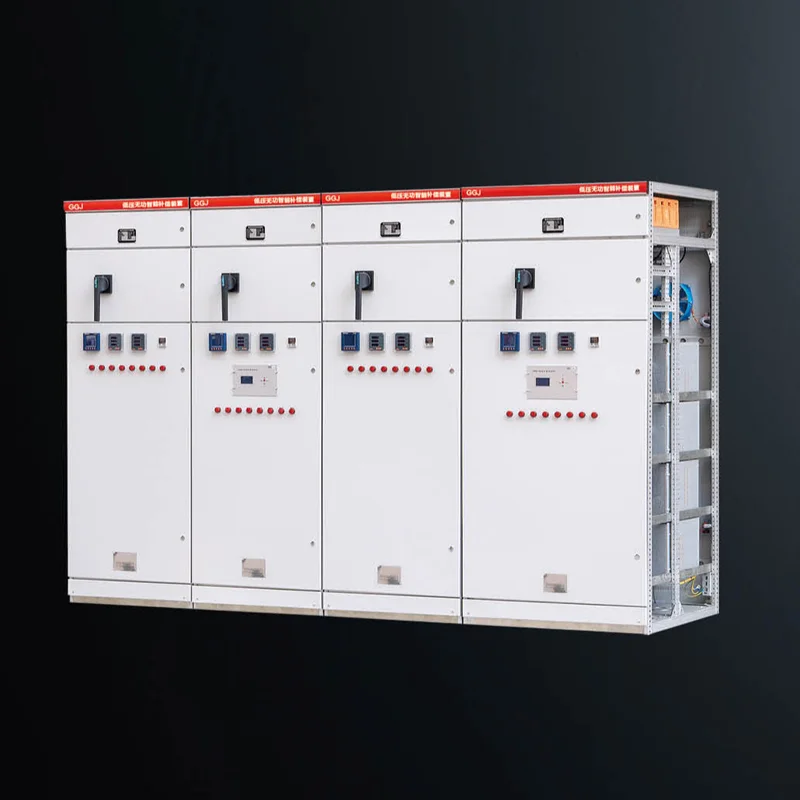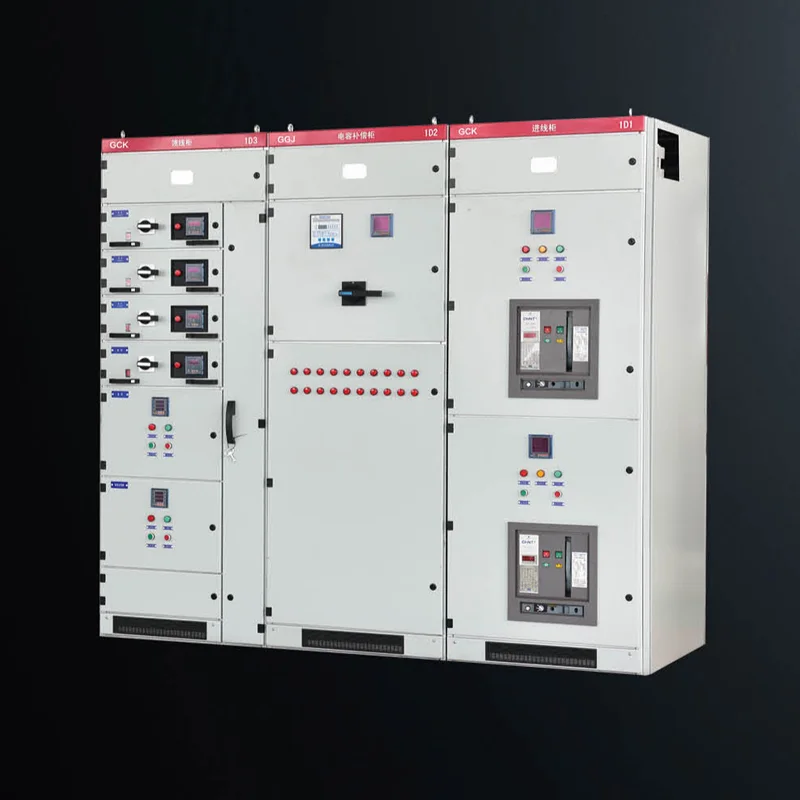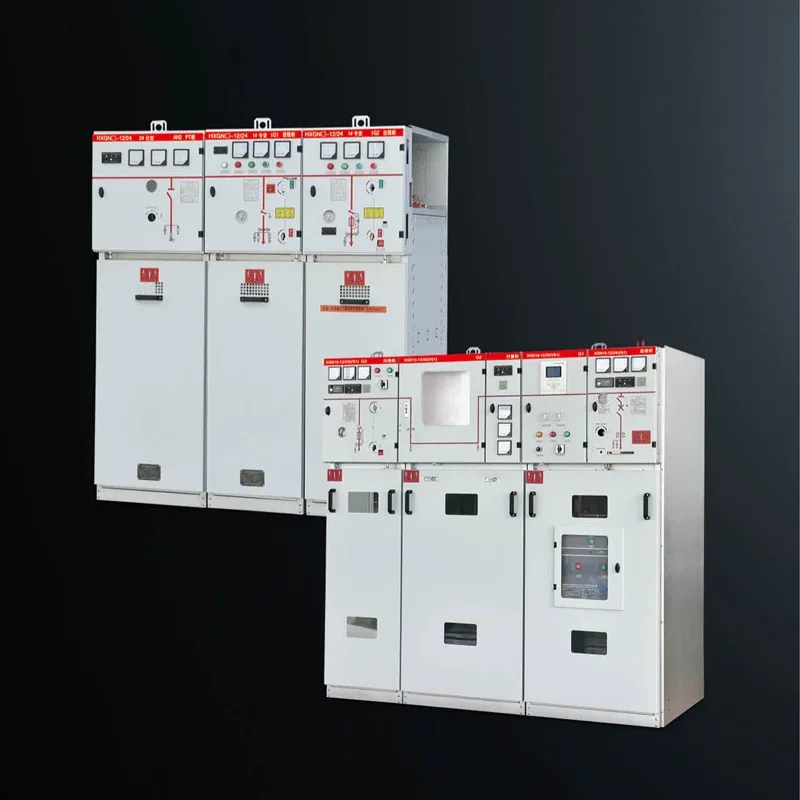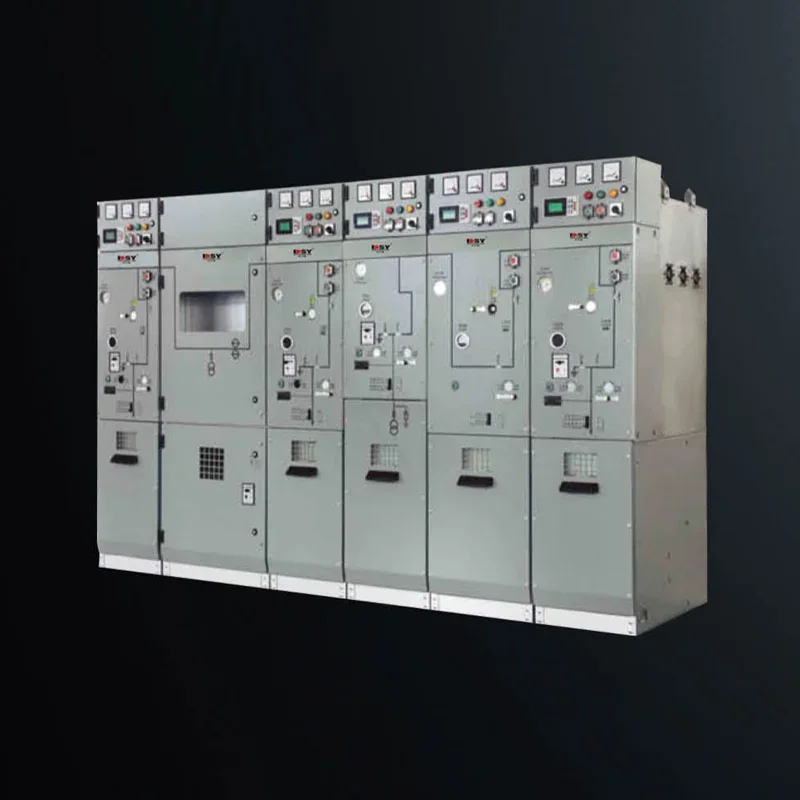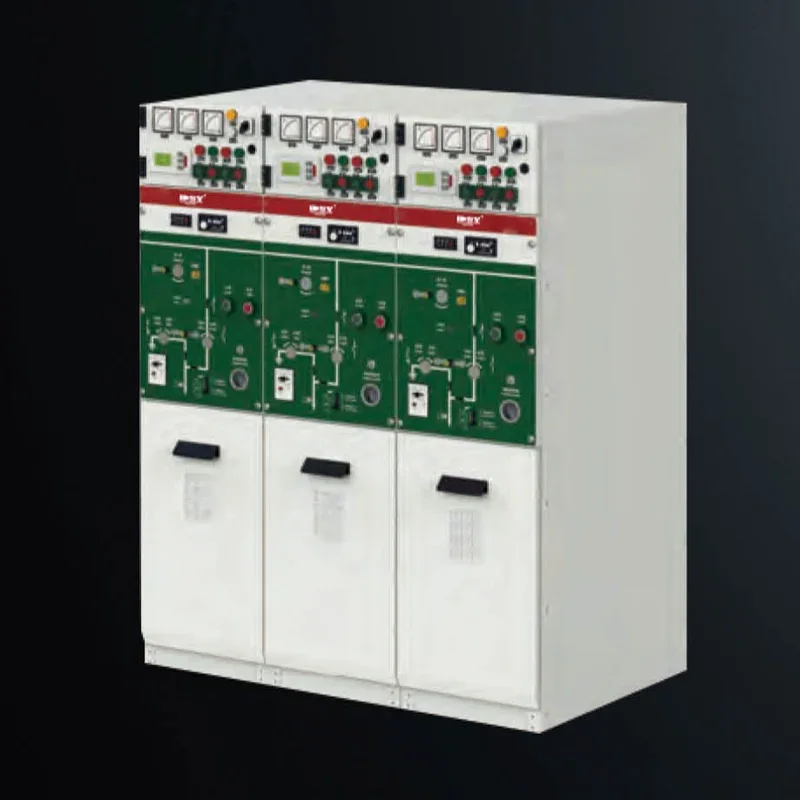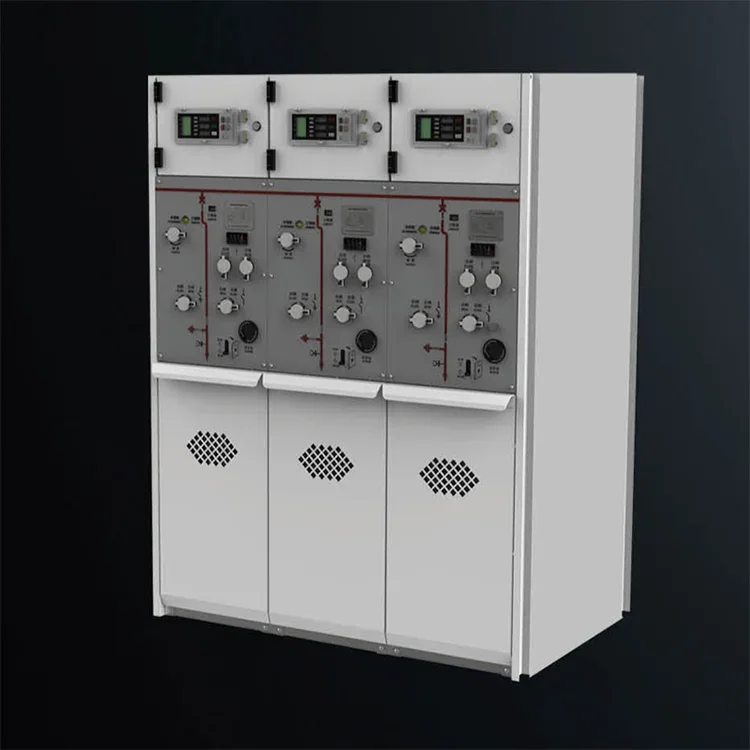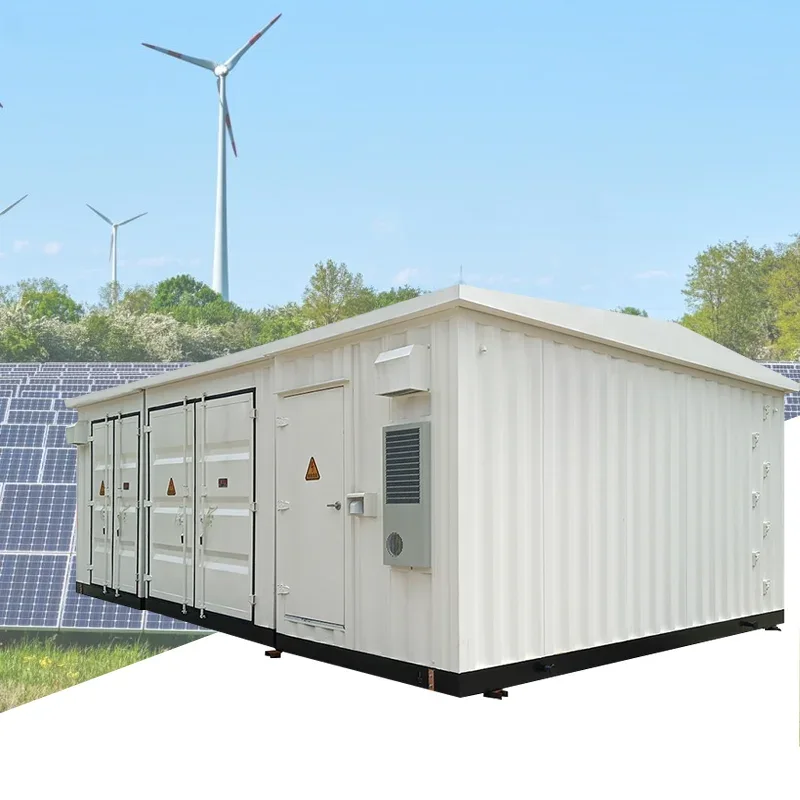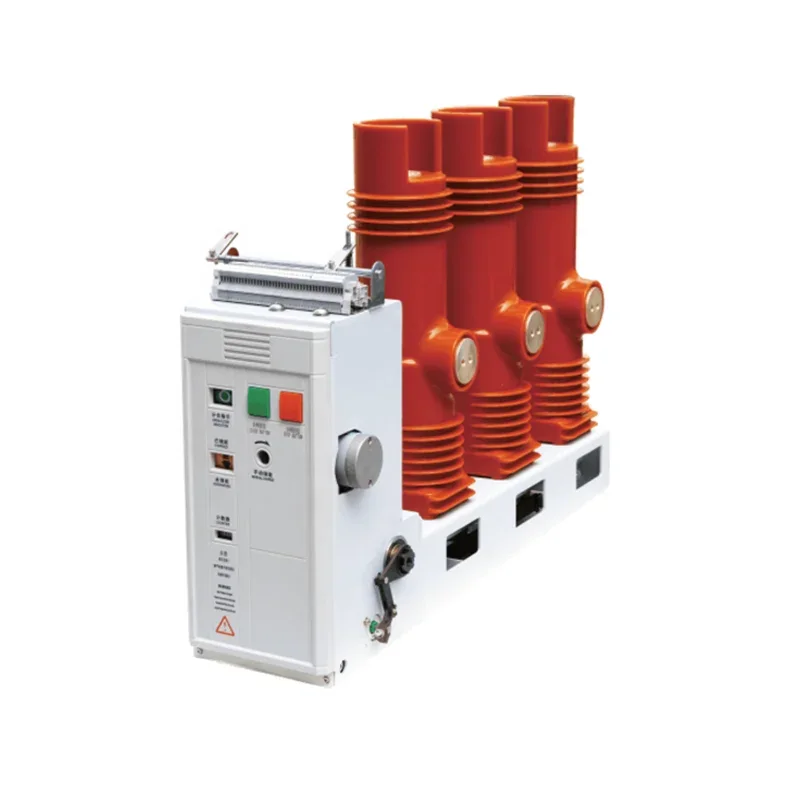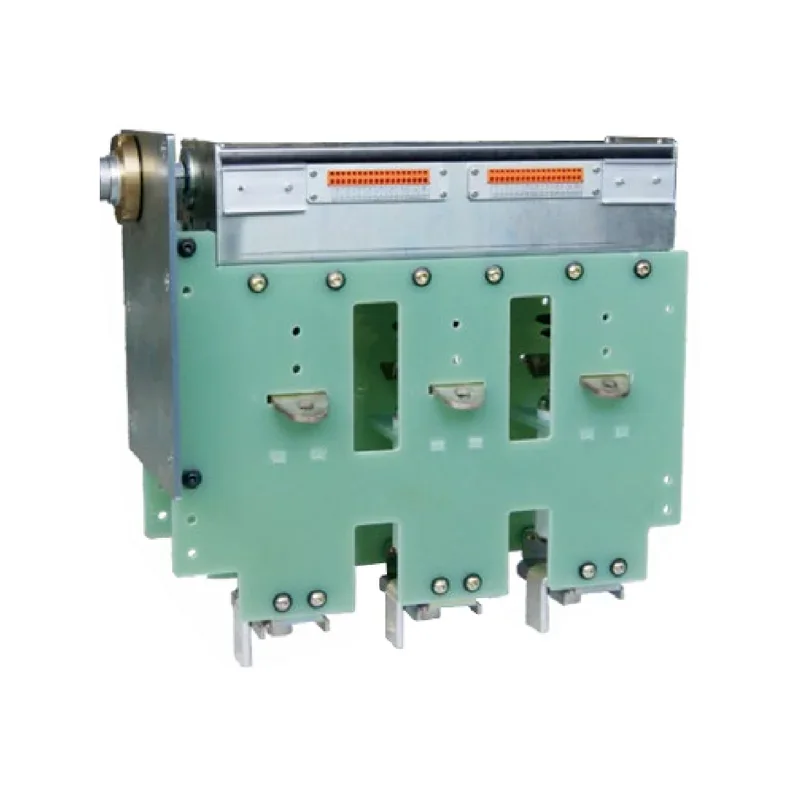Understanding Load Switches: Key Components in Electrical Systems
Load switches are essential devices in electrical engineering, primarily used to control the flow of electrical power to various components in a system. They are designed to disconnect or connect electrical loads safely, ensuring that equipment operates efficiently while minimizing the risk of overload and short circuits. In the context of building and decorative materials, load switches serve a v
Jun 02,2025
One of the primary functions of a load switch is to provide a means of interrupting the power supply. This is especially important during maintenance or in the event of an emergency. By isolating the load, maintenance personnel can work on electrical systems without the risk of electrocution or equipment damage. Additionally, load switches are often designed with safety features that prevent accidental reconnection, further enhancing their reliability.
There are various types of load switches available, each tailored to specific applications. For instance, some load switches are manual, requiring operators to physically toggle the switch, while others are automated, responding to pre-set conditions. The choice of load switch depends on factors such as the size of the electrical load, the environment in which the switch will be installed, and the desired level of control.
In the construction industry, load switches are often integrated into the design of electrical systems for buildings. This integration ensures that power distribution is both effective and safe. Electrical engineers must consider the placement and specification of load switches during the design phase to optimize performance and comply with relevant regulations. Additionally, understanding the load requirements of various systems is critical in selecting the appropriate load switch.
Beyond their basic functionality, load switches contribute to energy efficiency. By allowing precise control over when and how electrical power is used, these devices can help reduce energy consumption. This not only leads to cost savings for building owners and occupants but also supports broader environmental sustainability initiatives.
As technology advances, load switches continue to evolve. Innovations in materials and design are leading to more compact, efficient, and reliable switches. These advancements contribute to the overall safety and functionality of electrical systems in modern buildings.
In conclusion, load switches are indispensable components in the electrical systems used in buildings and decorative materials. Their ability to control electrical flow safely and efficiently underpins the effectiveness of various applications, from residential lighting to industrial machinery. By understanding the significance of load switches, professionals in the field can make informed decisions that enhance safety, efficiency, and sustainability in their projects.
Related News
The difference between circuit breakers and vacuum circuit breakers
Circuit breaker is an abbreviation for pole type circuit breaker. Circuit breakers are also vacuum circuit breakers
Voltage regulators are required for various places that require voltage control, such as controlling lighting

